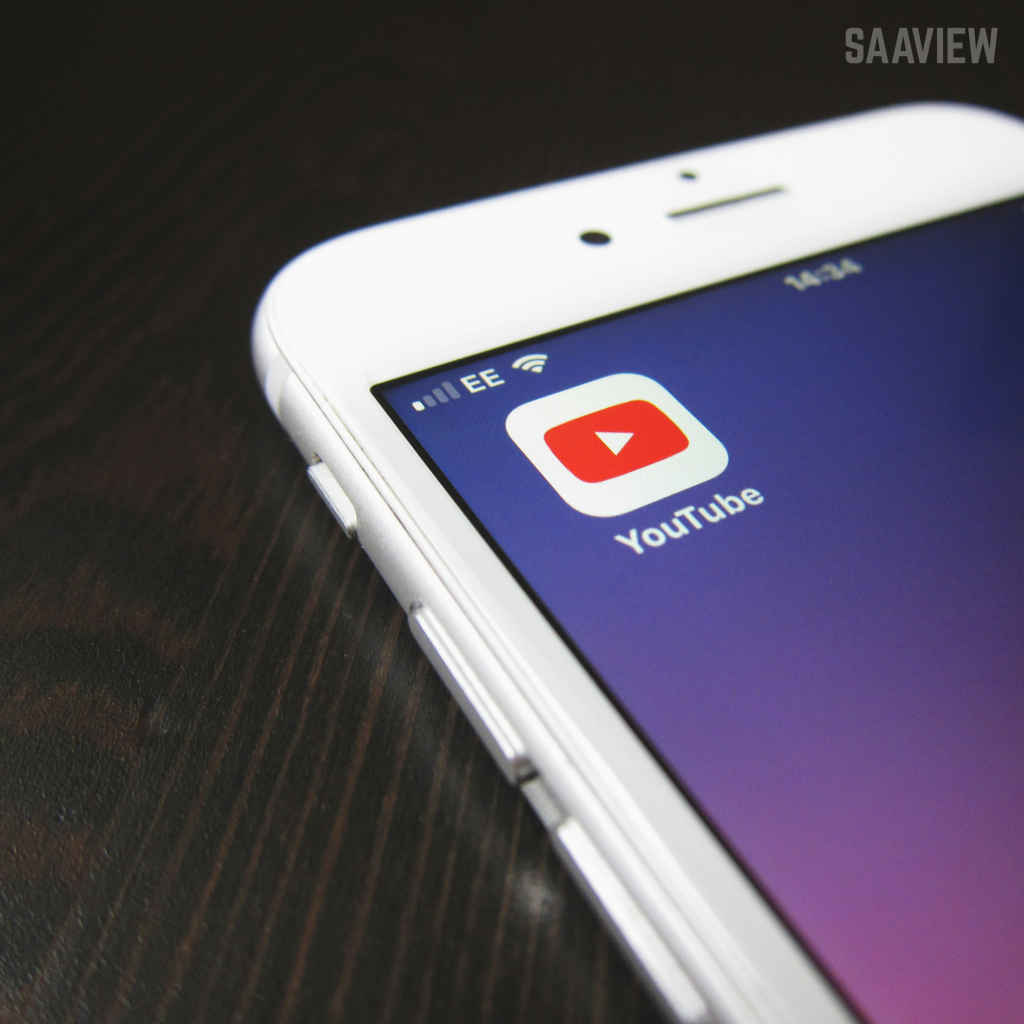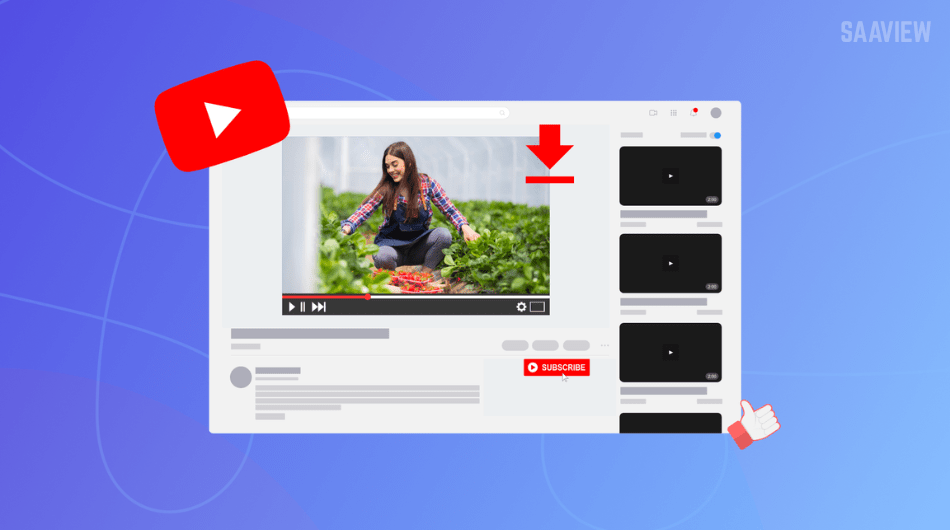You’re watching an amazing tutorial, a music video that vibes perfectly with your road trip playlist, or maybe an educational lecture you want to rewatch before your exam. And then reality kicks in—no internet, limited data, or a slow connection.
Wouldn’t it be great if you could just save that YouTube video and watch it offline—anytime, anywhere?
Well, you can. But before you start downloading everything in sight, there are important legal and technical things to know.
This guide walks you through why downloading YouTube videos can be useful, how to do it legally, and five proven methods to download safely—whether you’re using your phone, laptop, or even command-line tools (for the tech-savvy folks).
Let’s dive in.
Why Save YouTube Videos for Offline Viewing?
There are plenty of good reasons to download YouTube videos:
-
Watch Offline: Perfect for flights, long commutes, or rural areas with bad reception.
-
Save Mobile Data: Download once on Wi-Fi, then watch anytime without burning through data.
-
Archive Important Content: Lectures, tutorials, and rare uploads that might get removed later.
-
Study or Reference: Save content you need to go back to often.
-
Creative Use (with permission): Include snippets in presentations, remixes, or research.
But before you start downloading everything from your watch history…
Legal Reminder: Is Downloading YouTube Videos Allowed?
Let’s get this straight:
YouTube doesn’t allow video downloads unless you use their own services (like YouTube Premium).
Here’s what you need to know:
YouTube’s Terms of Service
“You shall not download any Content unless you see a ‘download’ or similar link displayed by YouTube on the Service for that Content.”
In short: using third-party downloaders without permission breaks YouTube’s rules. It could get your account flagged—or worse, banned.
Copyright Laws
Most YouTube videos are copyrighted. Downloading them without permission is technically illegal in many countries, even if it’s just for personal use.
Fair Use Isn’t a Free Pass
Fair use laws (like in the U.S.) apply only in specific cases like commentary, parody, or education. They don’t protect full downloads of entire copyrighted videos.
The Legal Way: YouTube Premium
If you want to stay completely safe and avoid any copyright gray zones, YouTube Premium is the official and legal way to save videos offline—right inside the app.
How to Save YouTube Videos (5 Legal + Practical Methods)
Method 1: Use the YouTube App (Free in Some Regions)
In many countries, the YouTube mobile app allows limited offline downloads for free.
How to do it:
-
Open the YouTube app on Android or iOS.
-
Find the video you want.
-
Tap the Download button below the video.
-
Choose video quality (360p, 720p).
-
Access it later under Library > Downloads.
🔸 Limitations:
-
Not all videos are downloadable.
-
The video stays inside the app—you can’t move it elsewhere.
-
Auto-deletes after 30 days of no internet connection.
Method 2: Upgrade to YouTube Premium
YouTube Premium unlocks full offline access with no ads, background play, and even access to YouTube Music.
Features:
-
Download any video or playlist.
-
Store videos securely in the app.
-
Works on both Android and iOS.
-
Available globally (with a monthly fee).
Try YouTube Premium (official site)
Method 3: Use Online Downloaders (With Caution)
Websites like Y2mate, SaveFrom.net, and others offer quick, no-install solutions. Just paste the link and download.
How it works:
-
Go to a trusted downloader site.
-
Copy the YouTube video URL.
-
Paste it into the input box.
-
Choose format and quality (MP4, MP3, etc.).
-
Click Download.
🔸 Legal risk:
-
These tools violate YouTube’s terms.
-
Use only for videos in the public domain or your own content.
-
Many sites have ads, malware, or pop-ups—so proceed carefully.
Method 4: Use Browser Extensions
For frequent downloaders, browser extensions can save time.
Firefox:
-
Install Video DownloadHelper from the Firefox Add-on Store.
-
Visit a YouTube video and click the extension icon.
-
Choose your format and download.
Chrome:
-
Chrome doesn’t officially support YouTube downloaders.
-
But you can install 3rd-party extensions like SaveFrom (via external methods—not available in Chrome Web Store anymore).
🔸 Again, be cautious. Many extensions are blocked, and using them for copyrighted videos is still against YouTube’s rules.
Method 5: Desktop Software (4K Video Downloader)
For high-quality downloads (even 4K or 8K), 4K Video Downloader or MediaHuman YouTube Downloader are excellent tools.
Steps with 4K Video Downloader:
-
Install from official website.
-
Copy the YouTube video URL.
-
Open the app and click Paste Link.
-
Select quality and format.
-
Click Download to save locally.
Supports:
-
Playlists
-
Subtitles
-
Audio-only downloads
-
Batch downloads
Bonus: Command-Line Tools (For Advanced Users)
youtube-dl and its fork yt-dlp are powerful tools for tech users.
How to use:
-
Install via terminal (e.g.
pip install yt-dlp) -
Run:
yt-dlp [YouTube URL] -
Supports formats, subtitles, playlists, and more.
🔸 Ideal for developers, batch downloading, and automation.
Pro Tips for Better Downloads
-
Keep Tools Updated: YouTube changes often—outdated apps may stop working.
-
Balance Quality & Space: 4K looks great but eats up storage fast.
-
Stick to Trusted Sources: Avoid shady downloaders full of malware or popups.
-
Organize Your Files: Label folders and filenames for easy access later.
Common Pitfalls to Avoid
| Mistake | Why It’s a Problem |
|---|---|
| Downloading copyrighted content | Can get your channel or account flagged |
| Using sketchy websites | Risk of malware, phishing, or data theft |
| Ignoring TOS | Violating YouTube’s terms could mean permanent bans |
| Relying on untrusted apps | Some apps leak data or inject ads into your device |

Final Thoughts: Download Responsibly
Downloading YouTube videos can make life easier, help you learn better, and ensure access when you’re offline—but it’s not a free-for-all.
If you want legal peace of mind — use YouTube Premium.
If you want flexibility — use trusted tools only with your own or public domain content.
In the end, respecting content creators and copyright rules ensures that platforms like YouTube continue to grow and thrive for everyone.



